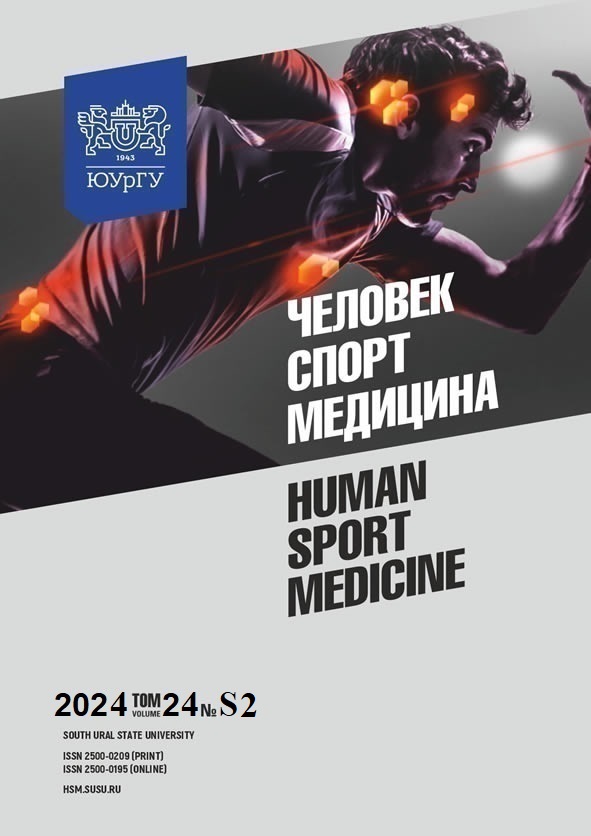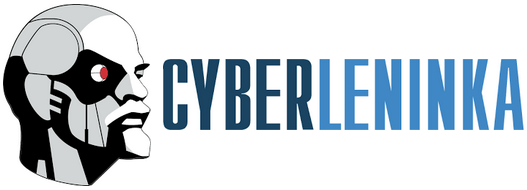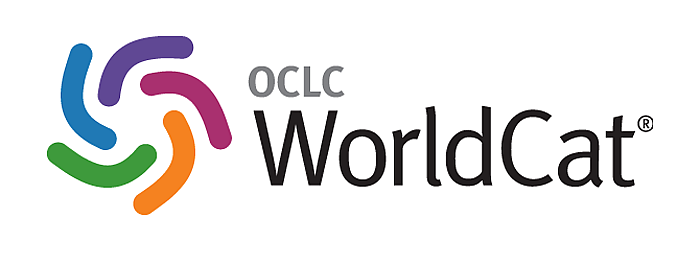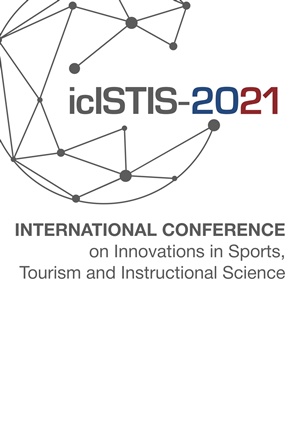ASSOCIATION BETWEEN COGNITIVE ACTIVITY AND CHRONOTYPE IN UNIVERSITY STUDENTS DURING THE ACADEMIC DAY
Abstract
Aim. This study aims to identify the relationship between chronotype and cognitive performance in university students, focusing on attention dynamics throughout the academic day. Materials and methods. The sample involved 260 biology students aged 19–22 years. All study procedures were performed in compliance with ethical standards. Participants were categorized based on their circadian activity type (morning, evening, intermediate) using a modified Morningness-Eveningness Questionnaire (J. Horne, Ostberg; modified by A. Putilov). Cognitive activity was assessed via standardized tests (Bourdon-Anfimov test, Number Arrangement) at three time points: morning, daytime, and evening. Results. Our findings demonstrate significant fluctuations in attention indicators throughout the academic day, with morning larks and evening owls exhibiting more pronounced variations compared to day pigeons. Morning larks demonstrated peak attention and productivity in the morning hours, while evening owls showed increased attention and productivity levels in the evening. Day pigeons exhibited minimal changes in attention throughout the day. Statistically significant differences in attention levels were observed between morning larks and day pigeons in morning and evening sessions, between morning larks and evening owls during daytime sessions, and between day pigeons and evening owls throughout the entire academic day. Conclusion. These results underscore the intricate relationship between circadian rhythms and cognitive performance, particularly attention, in students with different circadian patterns. Therefore, their academic activities should be tailored to align with individual chronotype preferences to optimize cognitive efficiency.
References
References on translit
Copyright (c) 2025 Human. Sport. Medicine

This work is licensed under a Creative Commons Attribution-NonCommercial-NoDerivatives 4.0 International License.
